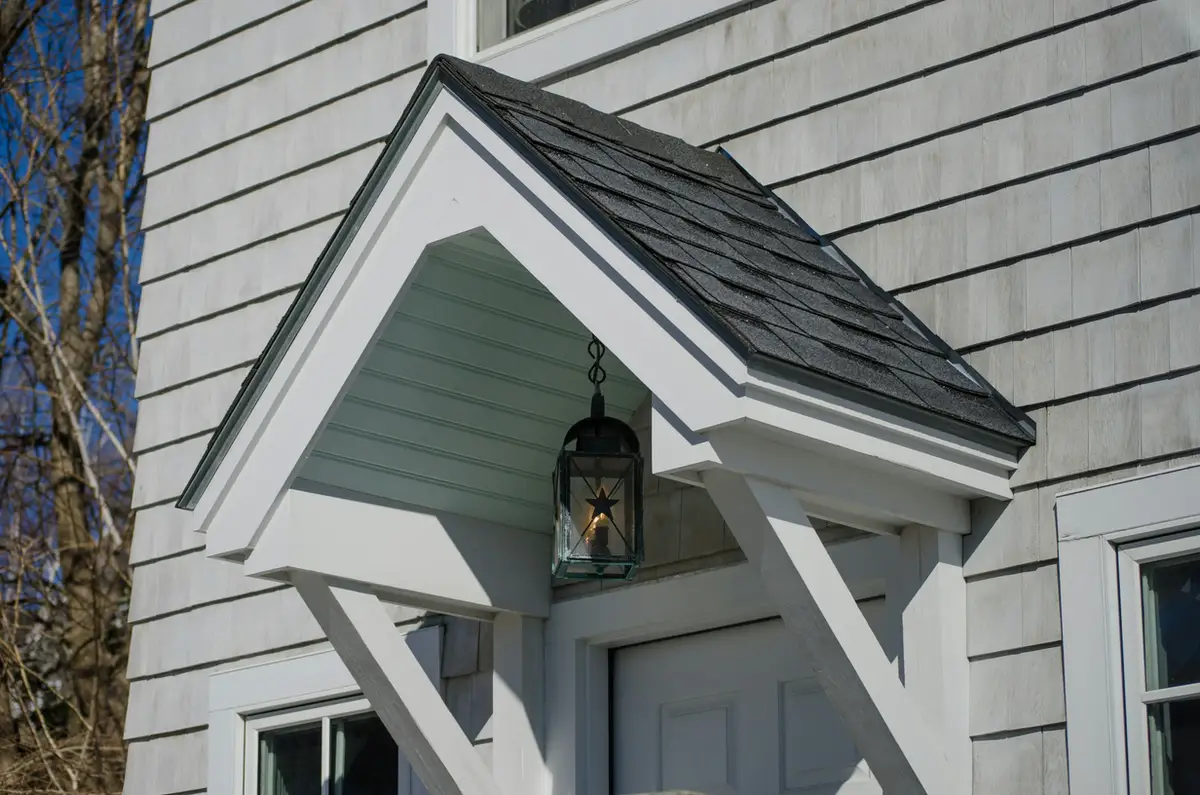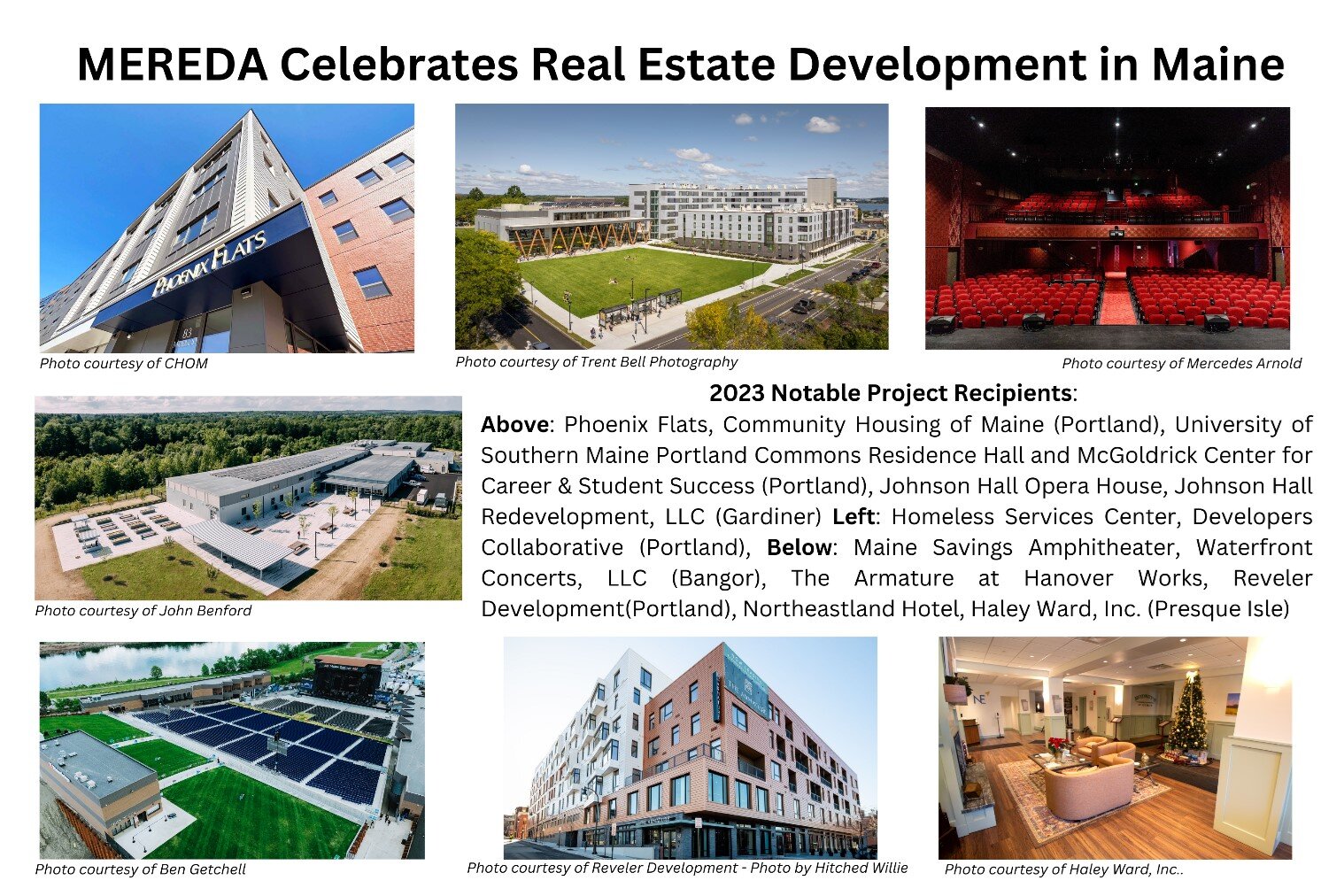Unveiling the Transformative Power of AI in the Modern Workplace
By: Stephanie Brock, RED THREAD, VP & GM Maine In today’s fast-paced digital landscape, Artificial Intelligence (AI) adoption isn’t just reshaping workplace dynamics; it’s ushering in a new era of...
Read Article



